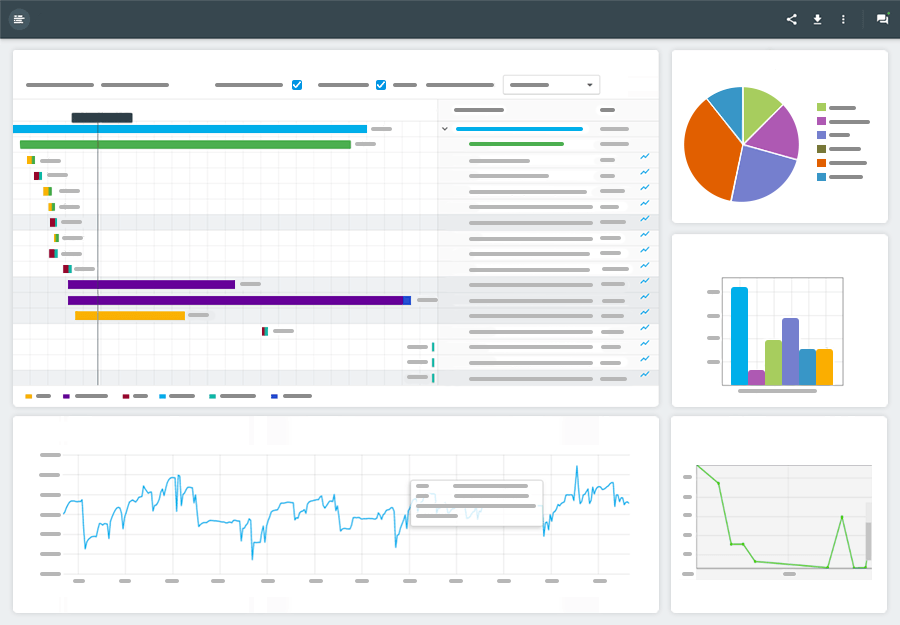 When you’re seeking out a WordPress hosting provider, you’re probably going to encounter a myriad of various options. Unless you’re an experienced webmaster, these options can quickly become overwhelming. To help streamline the process of signing up for an acceptable WordPress hosting provider, you should take a little time to learn about the different hosting options.
When you’re seeking out a WordPress hosting provider, you’re probably going to encounter a myriad of various options. Unless you’re an experienced webmaster, these options can quickly become overwhelming. To help streamline the process of signing up for an acceptable WordPress hosting provider, you should take a little time to learn about the different hosting options.
Perhaps one of the most confusing elements of a WordPress host is shared hosting. While this is a popular choice, far too many startups become confused about what this option actually means. Unfortunately, this also means there are many who end up choosing this hosting style only to find out it’s not appropriate for their unique requirements.
Before deciding on the best WordPress hosting provider for your unique needs, let’s take a few minutes and explore the intricacies of a WordPress shared hosting plan.
What Is WordPress Shared Hosting?
Before diving into its benefits, it’s important to understand what exactly a shared hosting plan is and why it’s an attractive option for so many enterprises. A simple Google search will yield dozens of hosting providers who proclaim the wonders of their shared hosting plans, but what is it exactly?
Essentially, a shared hosting plan is when the provider uses a single server to host multiple websites. This differs from standard hosting, or dedicated servers, which gives a single website an entire server.
There are many reasons why this option is available, but there are two fundamental reasons why this option exists:
- Web servers can hold a ton of data, and most websites simply don’t require this amount of space. Therefore, a website would end up paying substantially more for data volume they don’t need.
- By sharing a single server with multiple websites, the provider is able to offer their services at a deeply discounted rate. This makes owning a website affordable for almost everyone.
WordPress Shared Hosting Benefits
In the realm of WordPress hosting, there are several noteworthy benefits of a shared hosting option, which include:
- Discounted Price – This is perhaps the greatest benefit of a shared hosting plan. Because multiple websites use the same server, each site pays a fraction of what it’d cost to rent an entire server.
- Ease of Use – Unlike a dedicated server hosting plan, which requires you to handle the technical side of operating a server, a shared hosting server is managed by the hosting company. This translates into a plug-and-play type of website, which means you don’t have to worry about the technical aspect of website hosting.
- Customization Options – Shared hosting plans generally offer a significant amount of customization options, which means you can pick-and-choose what features work best for you.
Our #1 recommended shared hosting provider is Bluehost.
WordPress Shared Hosting Drawbacks
Of course, not all is sunshine and roses in the realm of shared hosting. The most noteworthy negatives of this hosting plan include:
- Varied Performance – Unlike a dedicated server, shared servers can experience an array of performance issues. For example, if one of the sites is maximizing its incoming traffic, your site can slow due to the required bandwidth to operate the high-performing site. It’s not uncommon to experience slow load times, which can negatively impact end-user experience and Google ranking.
- Security Breaches – If a website that uses the same server as your is hacked, then it’s possible for the hackers to breach the rest of the websites on the server. In this day and age, such events pose a serious threat to your private information.
- Additional Charges – Should your website become more popular than expected, and require greater bandwidth than what your plan allows, then you’ll be faced with fees and other charges. In some cases, these fees can result in paying more for a shared hosting plan than a dedicated server. Make sure to review the fee structure of a shared hosting plan before signing up.


